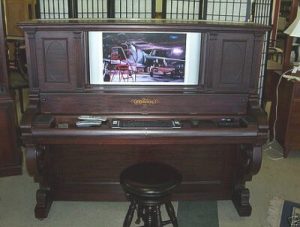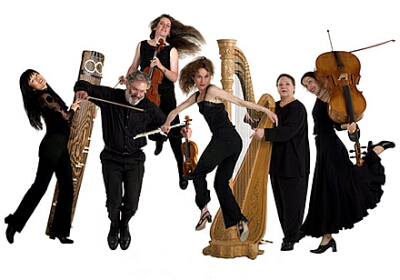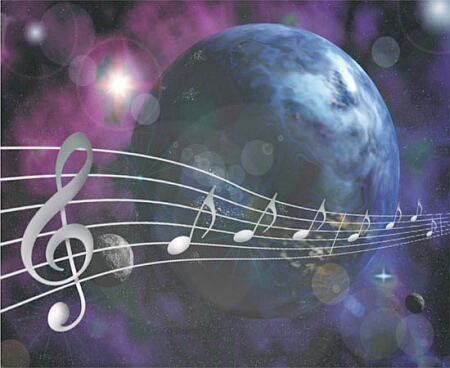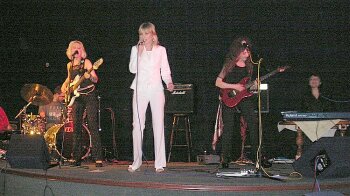We create music on the computer
 Oddly enough, today, to write music, it is not necessary even to know musical notation. However, the music school in the background does not interfere at all.
Oddly enough, today, to write music, it is not necessary even to know musical notation. However, the music school in the background does not interfere at all.
The theme of creating music on a PC is quite voluminous, so let’s talk only about the basics. I will clarify that in the future I will call the beginners those who either have never done writing music, or used a program a couple of times. By amateur, we will understand not only a person who has accumulated some experience, but also someone who, without any particular difficulty, works with any programs and tools. In essence, the latter can be considered a professional, but we will leave this title to musicians who have already achieved public recognition.
To build your own composition, you first need to create a series of samples, of which it will consist. A sample (sample) is an audio fragment lasting several seconds. To get it, you need to write a melody or just a sound part in a sequencer, typing a sequence of notes, which we will now do.
Sequencers
This is where music is born. The sequencer is intended mainly for writing the fragments of which the composition will consist. The author only needs to make a little effort to compose incorruptible melodies. Two types of data are used: digitized sound bites and MIDI sequences (note information). The ability to work with audio fragments is additional for sequencers, their main function is the musical notation of melodies for different instruments and their combination, which results in a track (track) – a composition consisting of a set of audio tracks.
Any sequencer offers a standard set of musical instruments, including the piano, guitar, violin, xylophone, wind instruments, synthesizers, percussion – a total of 128 instruments. At first glance, too much, but in fact it is a fairly modest amount.
MIDI standard is used on synthesizers for a set of melodic basics. Share three slightly different MIDI specifications: GM (one of the first), GS (the most common), and XG (developed by Yamaha).
A characteristic feature of MIDI files is its small size and the ability to listen through any standard player. A MIDI file consists of a specific number of tracks, each of which corresponds to a separate musical instrument and contains note data. On an ordinary hardware synthesizer, the melody for any instrument is recorded separately by typing it on the keys. Then include all these tools in the right order and get the composition. This is called mixing. In the same way, having several instruments in the software sequencer, the notes indicate in a special window, setting the duration of the sound.
The traditional sequencer interface resembles the piano keys, which are usually located vertically on the right side of the screen. At the very bottom of the window are the low notes, with the upward movement of the notes also rise. Here are the tones and semitones. In the upper part of the program window there is usually a scale-like ruler. It counts the time of the sound fragment (in fractions of a second). In the center there is a table where cells should be filled. The length of the horizontal strip you draw indicates the time the note is played. In this program window, a melody is typed, and thus a clip (clip) is obtained. This is a sound sample containing, in contrast to an audio sample, note data. Its duration is also usually a few seconds. (The following will explain how to get an audio sample from a MIDI clip.)
When working with a sequencer, they not only set the notes, instruments, and volume of each one of them. You can also decorate the composition with a standard set of effects, slightly changing the sound of certain instruments or adding, for example, a small echo.
Usually in sequencers there is also a second window, where the written fragments (clips) are arranged in the desired sequence. After this operation, called mixing, the resulting composition is obtained. Traditionally, a person who does not know the notes, picks up in the sequencer an approximate melody that he would like to hear, after which he tries to eliminate errors by removing unnecessary or adding the necessary notes. For people familiar with musical notation, it makes sense to purchase a special MIDI keyboard (although it costs much more than a computer). In this case, there is no need to draw notes on the screen by ear. There are also sequencers in which a set of notes is possible from a standard computer keyboard. But this option is more suitable not for writing music, but for entertainment, since the transfer of data from such a keyboard is very slow. The delay of the going signal is about 80 ms, which is quite noticeable when listening.




